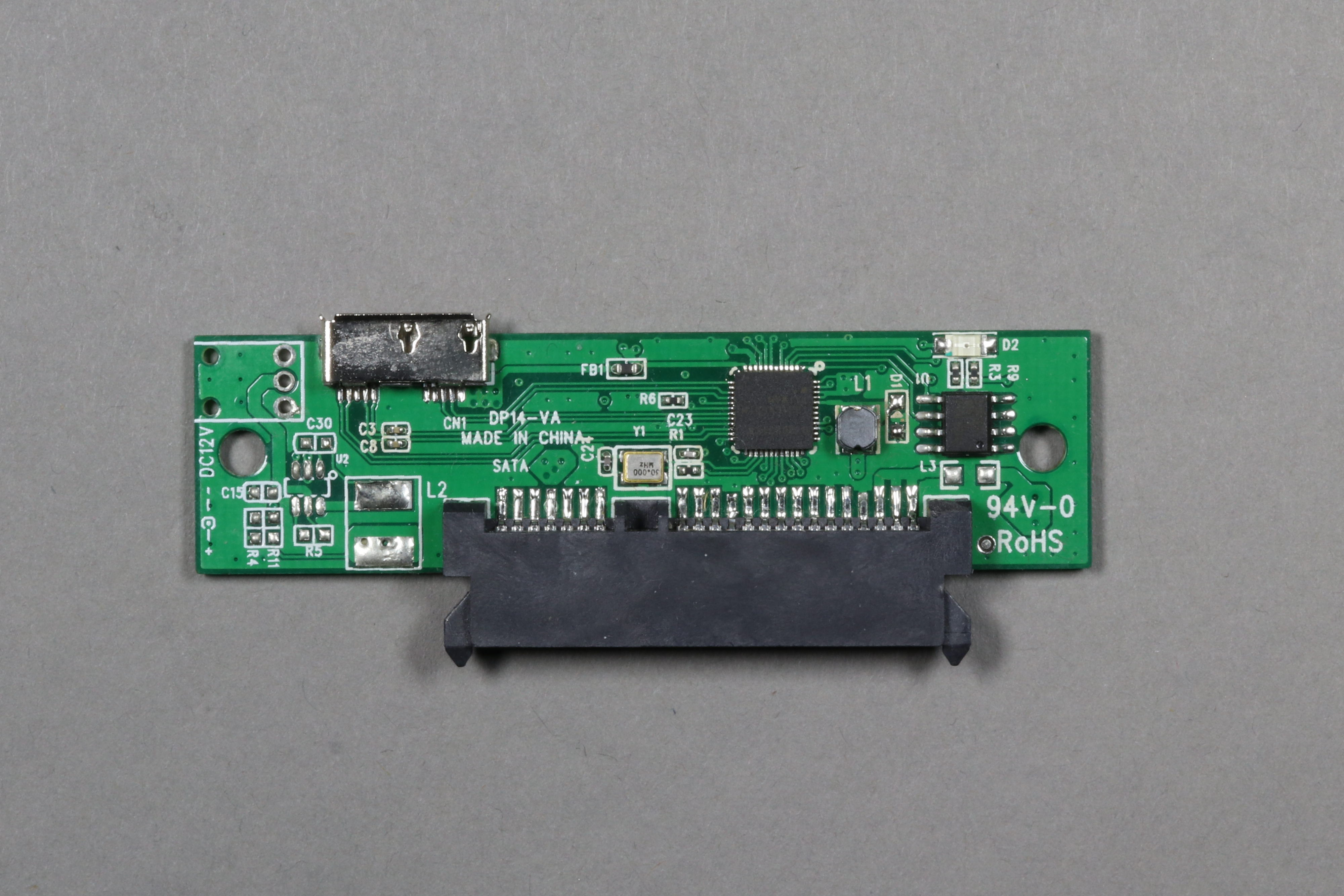

To access a networked drive on Windows, open File Explorer and click This PC. This process is different for Windows and Mac, but should only take a few seconds. Now that your NAS is up and running, you need to map those drives from another computer to see them. Repeat this step for shared folders you created. Click Add, select one of the folders you created in the dropdown menu beside Shared folder and click Save. Next, click on the Shares tab near the top of the window. Click Save and Apply to confirm the changes. Setupįinally, to access these folders and drives from an external computer on the network, you need to enable SMB/CFIS.Ĭlick SMB/CFIS under Services in the left navigation pane and click the toggle button beside Enable. Just substitute the Raspbian image with OpenMediaVault. More detailed installation instructions can be found here for both Windows and Mac. Write the extracted image to the SD card using Win32 Disk Imager on Windows or ApplePi-Baker on Mac.

Extract it using 7zip on Windows or The Unarchiver on Mac.Download the image file from Sourceforge.Format the SD card to FAT32 using SD Formatter.To install the operating system, we will use the same method used for installing any OS without NOOBS.

To use a Pi 1 or 2 with this, you may want to consider using a powered USB hub for your external drives or using a HDD that requires external power.Īdditionally, you need a microSD card - 8GB is recommended - and the OpenMediaVault OS image, which you can download here. In my Raspberry Pi NAS, I currently have one powered 4TB HDD, one non-powered 4TB HDD and a 128GB flash drive mounted without issue.

However, I was able to power one external HDD with a Pi 3, while the Pi 2 Model B could not supply enough power to the same HDD. With the Pi 3, you're still limited to USB 2.0 and 100Mbps via Ethernet. Models 1 and 2 work just fine for this application but you will get a little better support from the Raspberry Pi 3. My current setup is two 4TB hard drives and one 128GB hard drive, connected to my network and accessible from anywhere using the Raspberry Pi.įor starters, you need an external storage drive, such as an HDD, SSD or a flash drive. If you happen to have a few of hard drives laying around you can put them to good use with a Raspberry Pi by creating your own, very cheap NAS setup. You can access files no matter what computer you're on - and even remotely.īut they're expensive. Networked hard drives are super convenient.


 0 kommentar(er)
0 kommentar(er)
